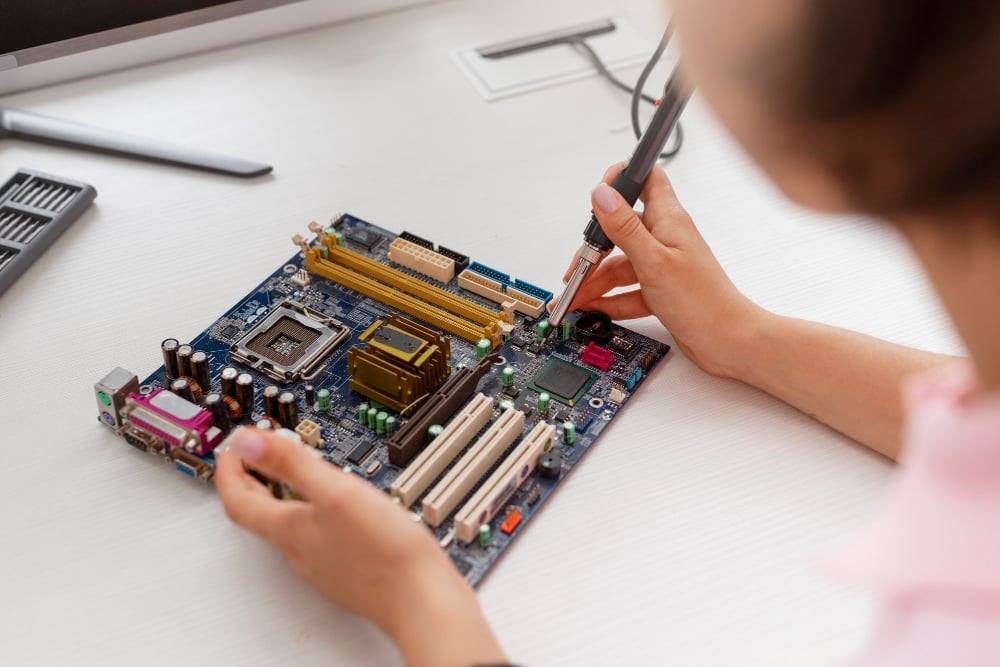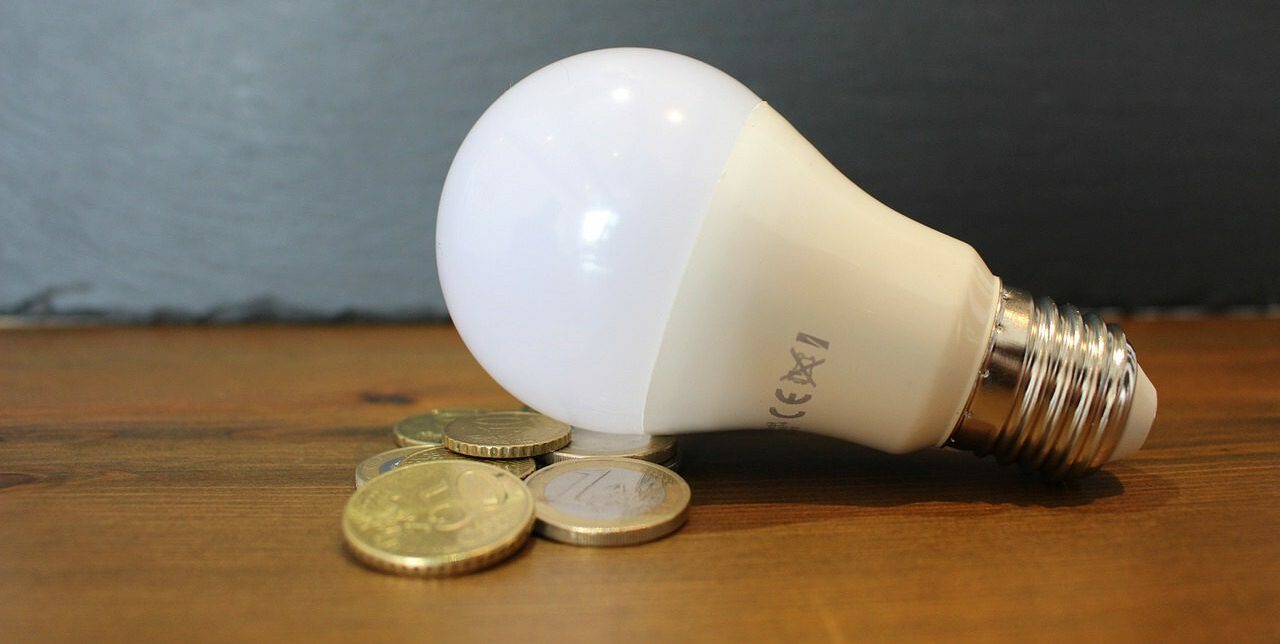THE right to repair (In English right to repair) represents the right of consumers to have their consumer goods repaired outside the warranty period. THEThe right to repair reduces the environmental impact of the planned aging of devices.
How the need for the right to compensation arises
The right to compensation represents, with theecodesign (which translates to “sustainable design”) marks a turning point in the use of consumer devices, from small and large household appliances to mobile phones. To understand the importance of this strategy, we need to start with the numbers.
You too can rediscover the pleasure of staying informed!
Your support helps protect our independence so we can continue to produce quality journalism that is open to all.
Support us
In 2022, market shares, within electronics repairwere distributed as follows:
- 35% of mobile phones
- 20% PC
- 15% washing machines
- 10% refrigerators
- 20% high devices

source: Accuracy Council
70% of repairs are requested outside the warranty period. This involves a significant expense, in economic terms. Consumers are often discouraged from undertaking repairs due to the high cost outside of warranty and the logistical difficulties of finding qualified labor. It is estimated that by 2030, the electronics repair market will reach nearly $12 billion in business volume, with an annual growth rate of 3.5%.
What does approval of the directive entail?
The sectoral data leaves no room for uncertainty on the part of European legislators. On 30 July 2024, the Right to Repair Directive was adopted by the European Parliament. EU Member States will have 24 months to transpose it, by integrating it into national consumer regulations. According to this provision, Manufacturers of small household appliances are required to make information available to consumers on how to repair the appliancesas well as spare parts.
The Right to Repair Directive favours consumers: consumer electronics manufacturers will not be able to refuse to repair items that have already been repaired by personnel who are not part of official support networks. In addition, they will not be able to modify components software And materialso as to render the device incompatible with repair attempts. The cost of repair should be affordable and reasonable for the user. All this in order to counteract the mechanisms of planned obsolescence, which required the purchase of new devices that could no longer be repaired or updated.
What is the right to compensation?
- If the manufacturer of the device to be repaired is located outside the European Union, you will need to contact its representative within the Union;
- spare parts for objects placed on the market must be available for a period of between 5 and 10 years after the first purchase;
- Consumers will be able to consult an online platform where they can find information on the nearest repairers;
- the European repair module will be available, a kind of brochure on the transparency of repair processes;
- The product warranty is extended by one year if consumers choose to repair the product rather than replace it.
Because the right to repair is good
The right to repair extends the life of productsthwarting the practice of buying back objects, only a few years later. This helps to control repair costs, because restores the repair market. This helps create jobs: specialist repairers will be increasingly in demand. The right to repair objects allows the recovery of plastic and mineral materials, with great benefits for environmental sustainability.
Even in the United States, public opinion feels the need to regulate the right to repair. To this end, a company monitoring issues of general interest has promoted the establishment of a score on the repairability of objects (repair score).



